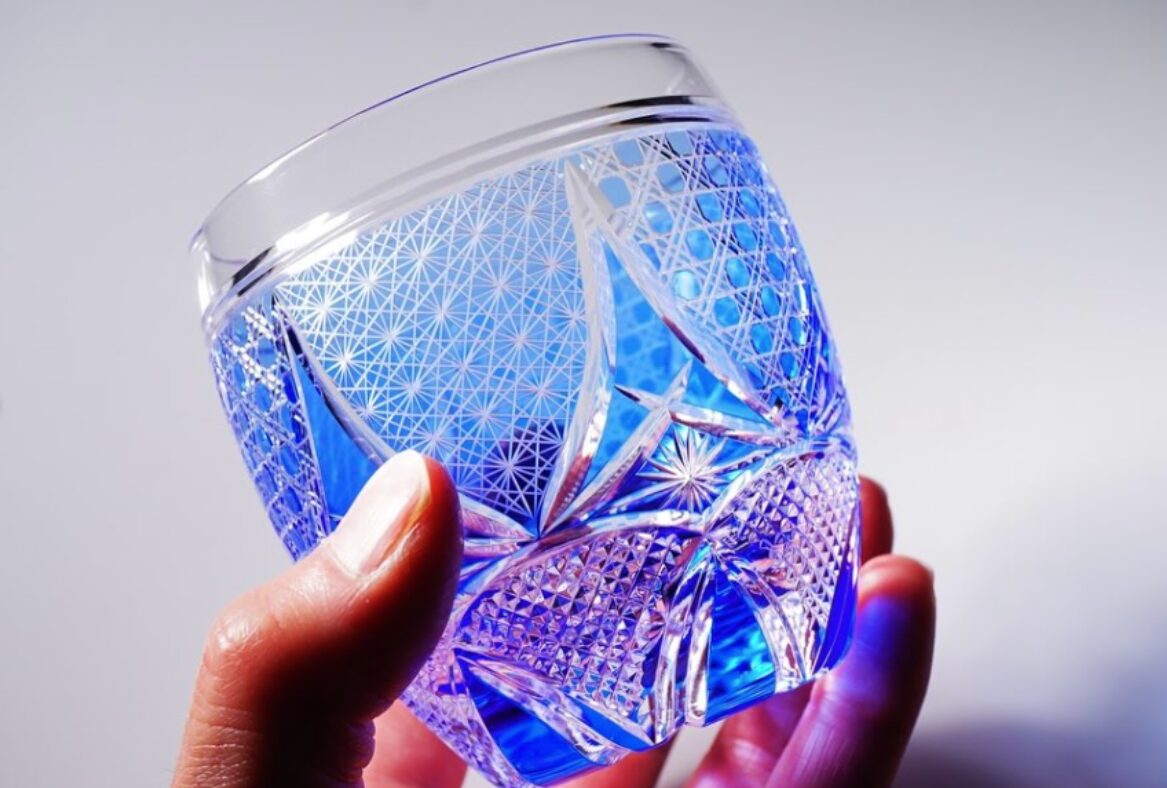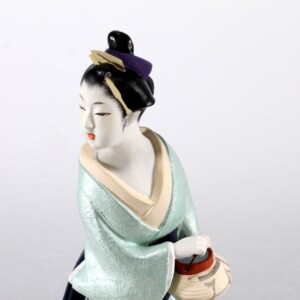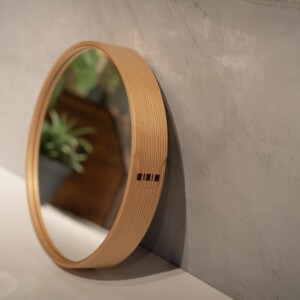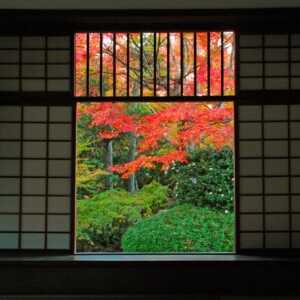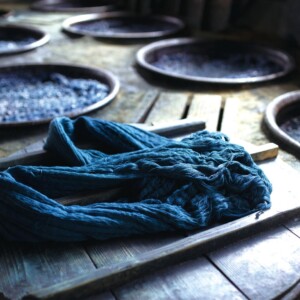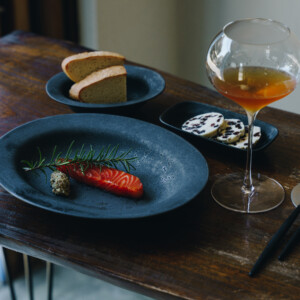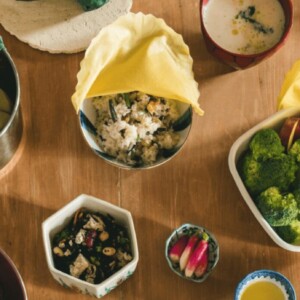
Edo glass expresses the beauty of Japan! Tajima Glass
When you wake up in the morning and drink water. When you share a drink after work. What kind of glass would you like to drink with?
This time, we would like to introduce you to Tajima Glass, which offers glasses filled with the beauty of Japan.
We are sure that you will be moved by the items created by craftsmen who have been preserving the tradition since the Edo period.
Inheriting Edo techniques! Tajima Glass
Tajima Glass is a glass manufacturer that produces “Edo glass” and “Edo faceted glass,” both of which have been handed down since the Edo period.
We do not want to let the technology from the Edo period die out. We want to pass on the tradition to the future.
Tajima Glass has inherited the techniques of mold-blowing, narrow foot, molding, covering, and stretching. Instead of mass production by machine, everything is handmade and original one-of-a-kind pieces.
The glass produced by skilled craftsmen has a delicacy that can only be achieved by handwork. You will feel the beauty every time you look at it and the warmth and comfort every time you use it.
We continue to produce Edo glass, Edo faceted glass, and cased glass to keep our world-class tradition alive.
Traditional Japanese Crafts! What is Edo glass?
Edo glass is glassware manufactured using materials and techniques handed down from the Edo period (1603-1868), and was designated as a national traditional craft in 2014.
An essential part of Edo glass making is glass that is melted at a high temperature of about 1,400 degrees Celsius. Craftsmen then breathe life and breath into the glass.
After being rolled up with an iron rod, the ideal vessel is formed by a mixture of “blowing,” “pressing,” “stretching,” and other techniques.
One of the major characteristics of Edo glass is that it is not mass-produced by machine, but by the hands of craftsmen, piece by piece.
Beautiful patterns are the charm of Edo glass! Edo Kiriko
Edo faceted glass is a product made of Edo glass with incisions and patterns made with industrial diamonds, etc. It was designated as a national traditional craft in 2002.
Generally, the final step of “polishing” is done by “acid polishing” using chemicals. However, Tajima glass is polished by hand. All polishing is done by hand.
The precision cut patterns are made by skilled craftsmen. Every time a drink is poured, the sparkling beauty soothes the user’s heart.
Layers of colored glass Cased Glass
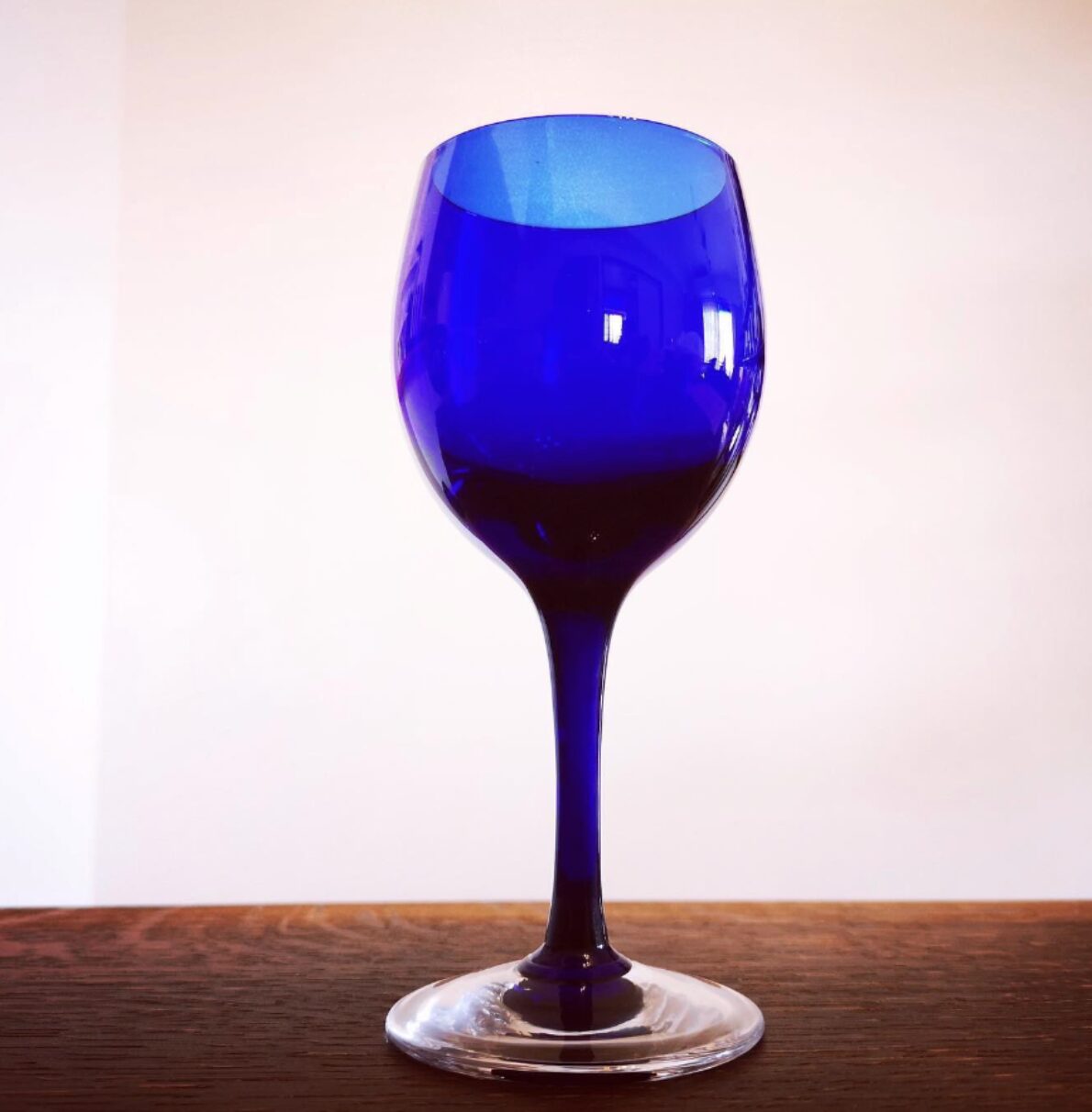 From Tajima Glass official Instagram
From Tajima Glass official Instagram
Cased glass is made by layering colored glass to cover the glass base. It is also used as a material for Edo faceting.
It requires a high level of craftsmanship to cover another layer of colored glass while the formed glass is still hot.
When colored glass is layered on the inside, it is called “Uchi-kase-glass” and when colored glass is layered on the outside, it is called “Outer-kase-glass”.
We want to continue to be a part of the beauty of Japan.
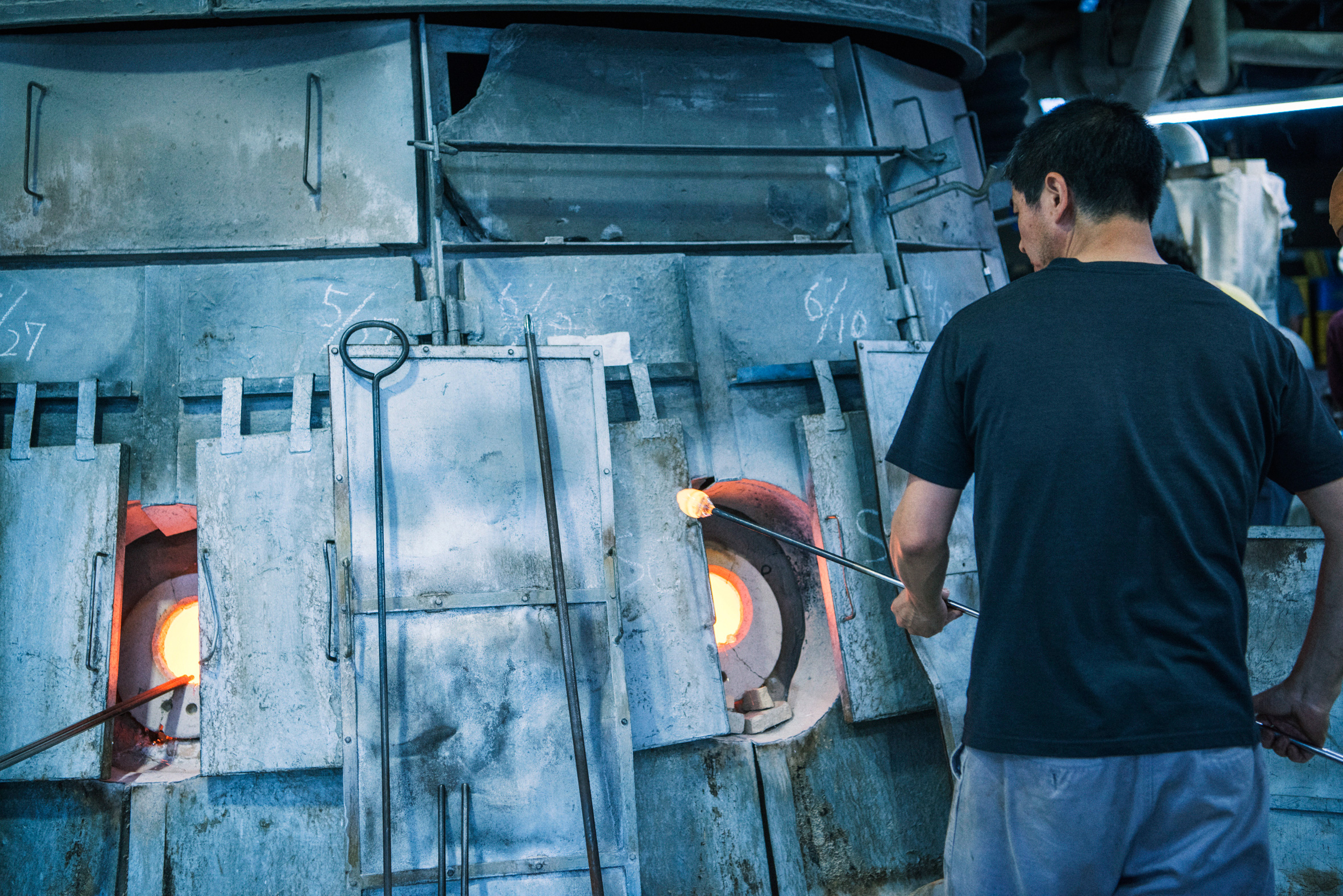
Every day, we face molten glass at temperatures exceeding 1,400 degrees Celsius. Time-consuming and labor-intensive manual work.
How is it possible to continue on this difficult path? It is because we have a strong passion for preserving tradition.
It is a breath of fresh air in this country.
In order to continue to be a part of the beauty of Japan 10, 50, and 100 years from now, Tajima Glass is passionately, muddily, and faithfully preserving the traditions that have been handed down since the Edo period. However, traditional techniques are not something of the past or old.
Because we continue to refine traditional techniques, Tajima Glass’ technology is at its highest level today. Even in 2021, innovation and evolution will not stop.
We are not defeated by machines! Passion of Craftsmen
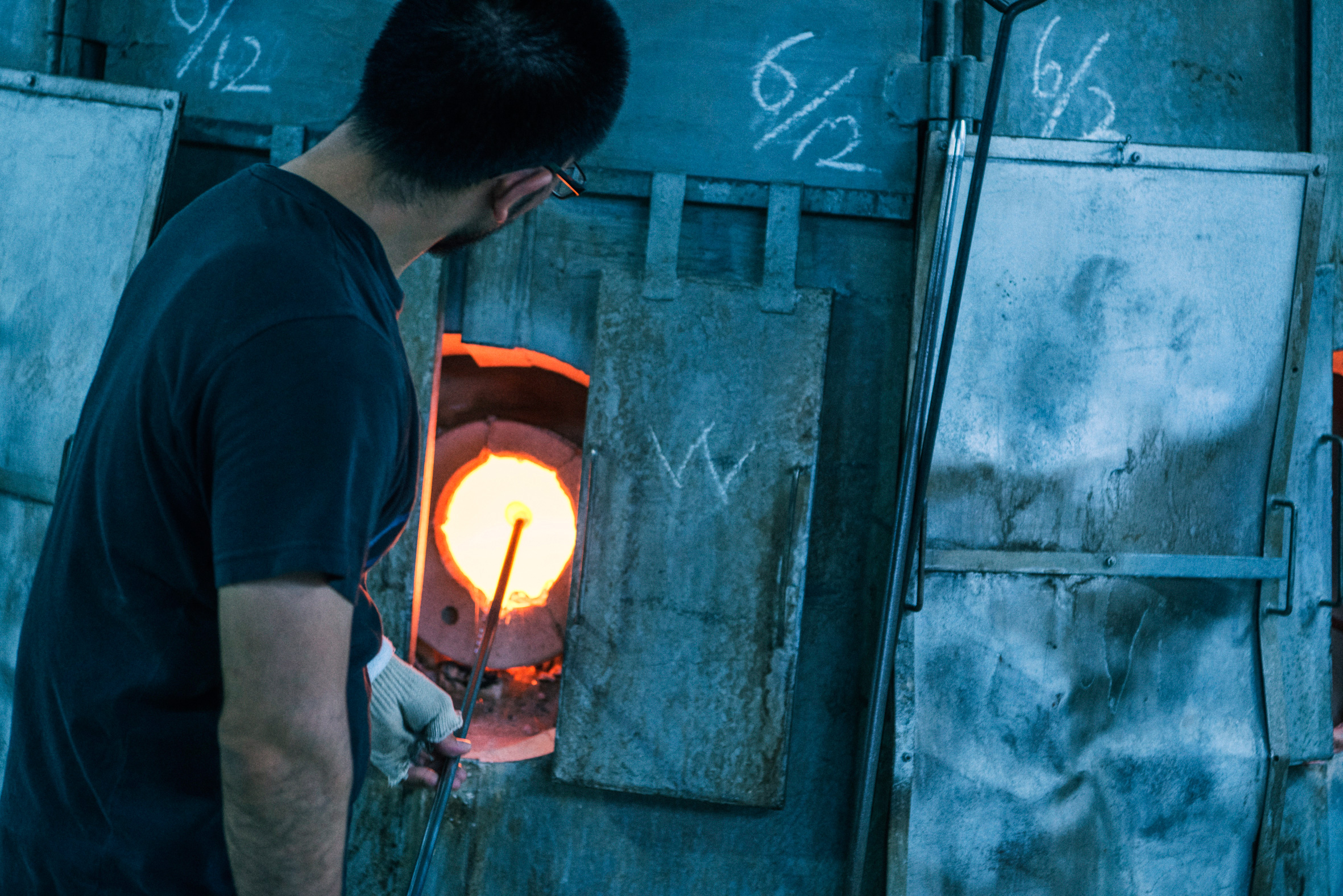
Edo glass has developed as a local industry in Tokyo. There used to be about 50 glass manufacturers in Tokyo. However, the number has been reduced to three. With the development of machines, handmade glass, which has inherited techniques from the Edo period, has become a precious commodity.
Although mass production is possible with machines, it does not produce the roundness and dazzling brilliance of glass that is as close to a circle as possible. The reason why Tajima Glass has been able to continue handcrafting without being carried away by its surroundings is because of the passion of its craftsmen for glass making.
This passion is also the driving force behind the creation of items that have yet to be seen.
Edo glass is highly regarded as a traditional craft, but the world is filled with many glass products. Tajima Glass thought that in order to survive as a glass manufacturer, we needed to create products that would surprise people who see and use them.
We made the impossible possible! Black faceted glass
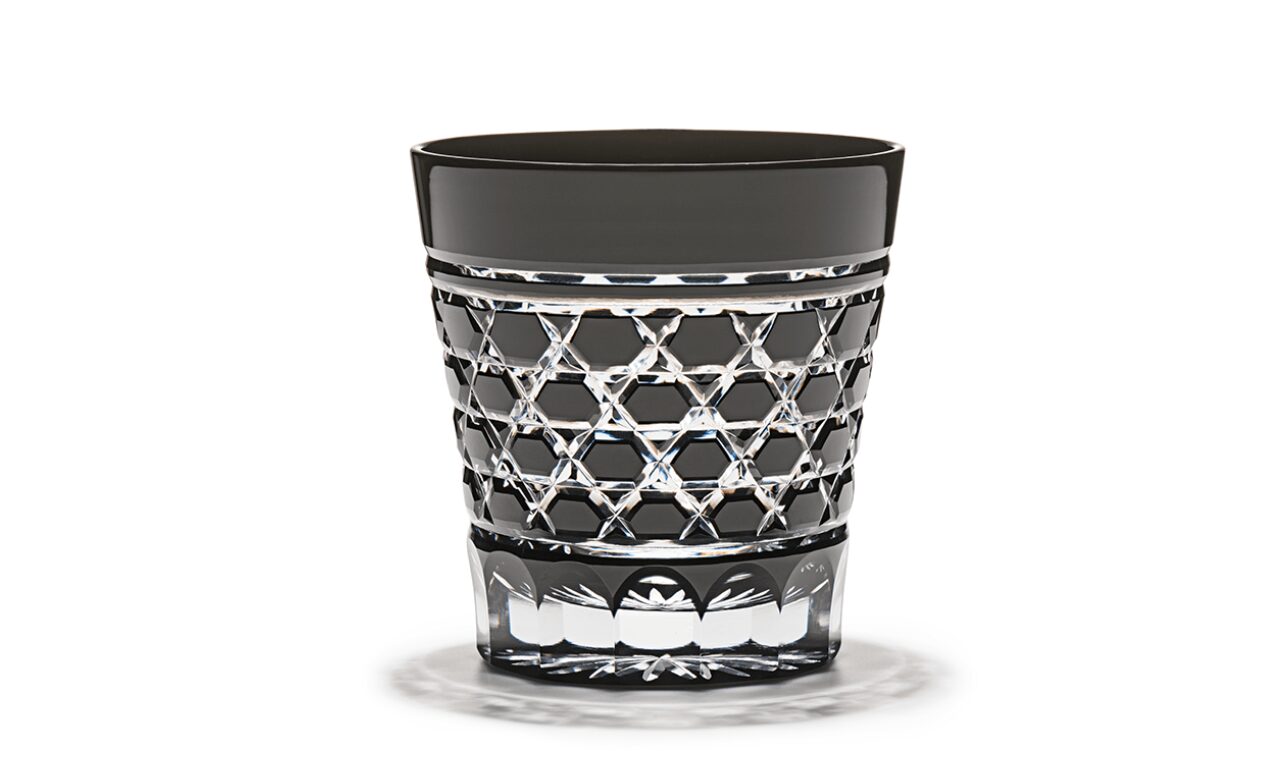 From Tajima Glass official Instagram
From Tajima Glass official Instagram
In the Edo glass industry, there is one color that has been said to be impossible. It is black.
Tajima Glass decided to take on the challenge of black faceting in order to bring excitement to those who use it. To be able to produce something that could not be produced in the past, considerable technological innovation is required.
Unlike other colors, the pitch-black fabric requires a sophisticated technique to cut it well, because the cutting point is completely invisible. After hundreds of repeated failures, we finally arrived at “black faceting,” which can be called black in anyone’s eyes.
It took about a year of trial and error. Black faceting,” which was said to be impossible, was born for the first time in Japan. You will only find the beauty and coolness of black here.
Winner of the Souvenir Grand Prix! Fuji Glass
 From Tajima Glass official Instagram
From Tajima Glass official Instagram
Another Tajima Glass masterpiece is the “Fuji Glass,” which won the “Souvenir Grand Prix” and the “Director-General of the Japan Tourism Agency Award” in 2015.
Fuji glass, which features a snow-capped Mt. The color of the drink poured into the glass reflects beautifully on the surface of the mountain. The beauty of the glass is brought out to the maximum, and the glass shows different expressions depending on what is poured and the condition of the light.
Fuji glass series is available in a variety of designs.
Fuji glass
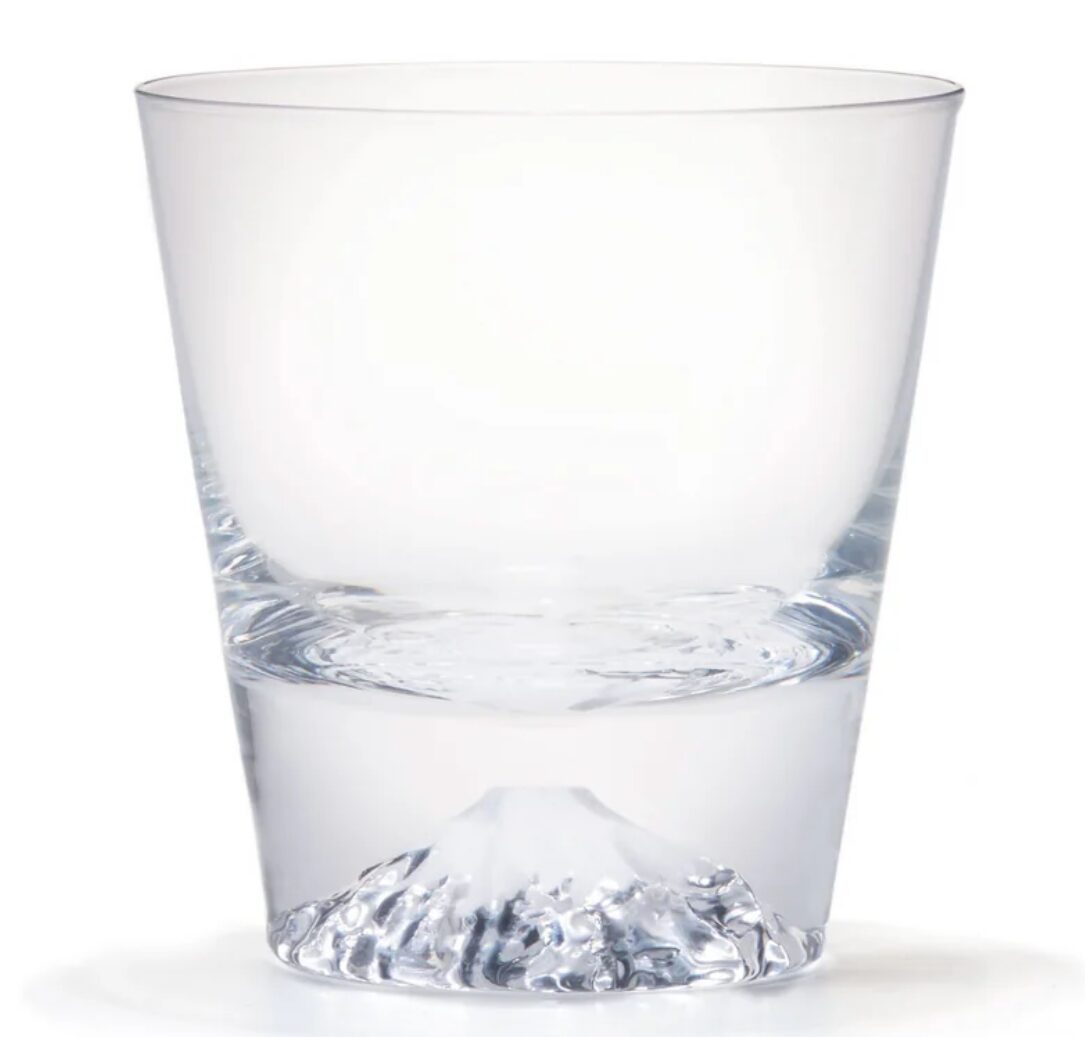 From Tajima Glass official Instagram
From Tajima Glass official Instagram
Available in rock glass and tumbler sizes. We recommend these as gifts for your loved ones.
Sakura Kiriko Fujiyama Glass
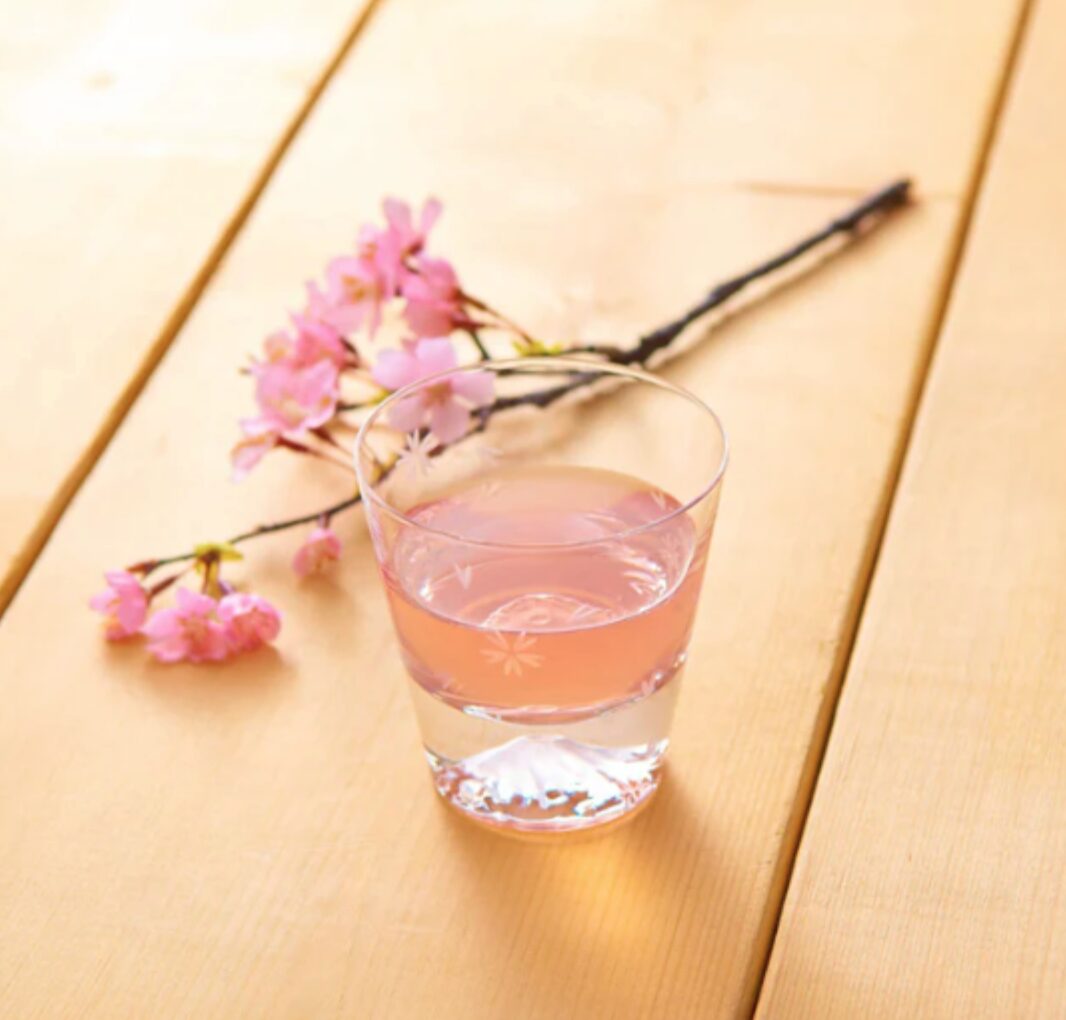 From Tajima Glass official Instagram
From Tajima Glass official Instagram
Fuji and cherry blossoms are designed on the glass. It is a gem that adds a floral touch to the cherry blossom season and celebrations.
Fuji Premium Glass
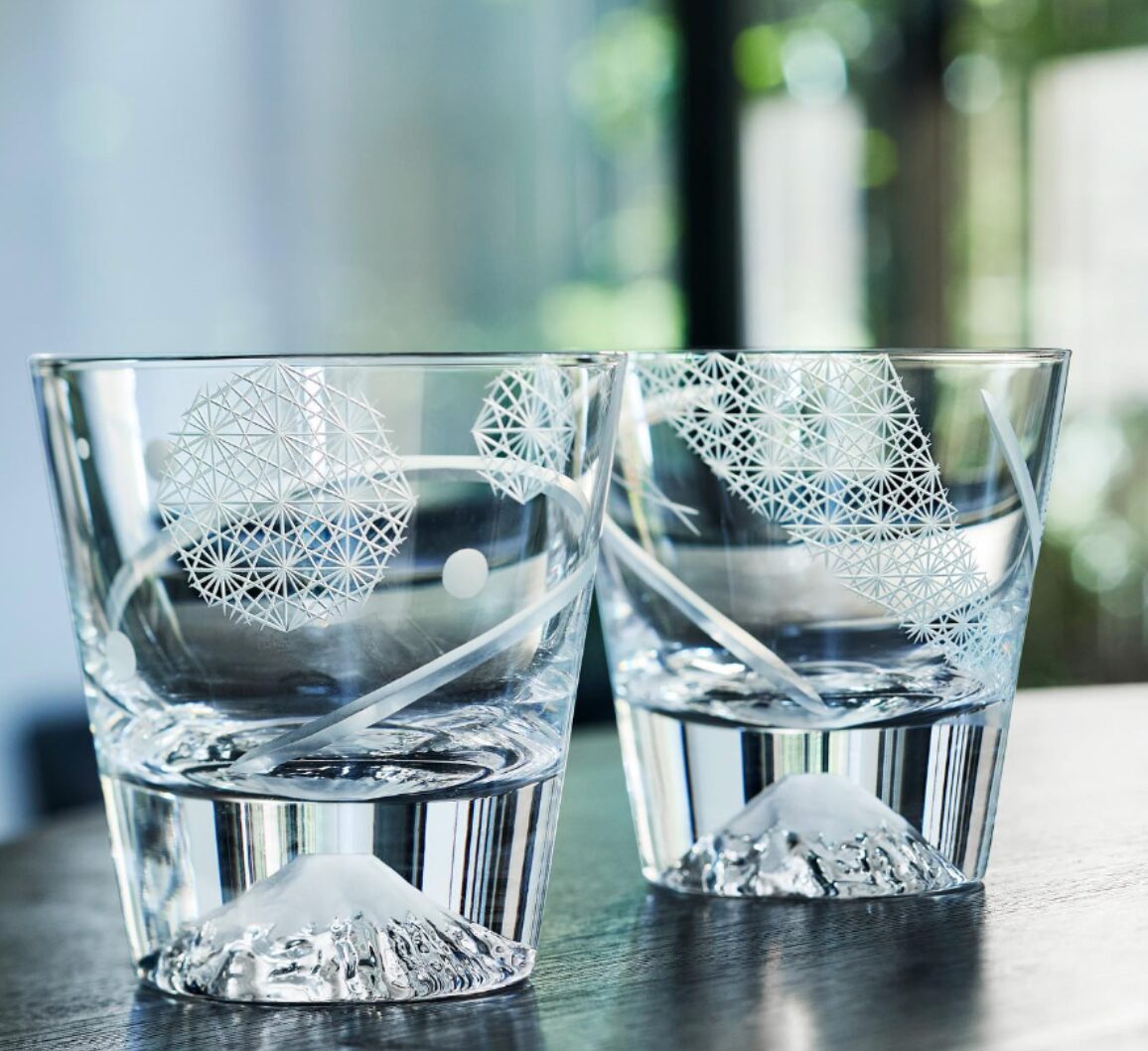 From Tajima Glass official Instagram
From Tajima Glass official Instagram
This is a new Edo Kiriko model in the Fujiyama glass series. It uses a technique called “Kiku Tsunagi,” which is reminiscent of the chrysanthemum flower. This requires a high level of skill.
Fuji Celebration Sake Cup
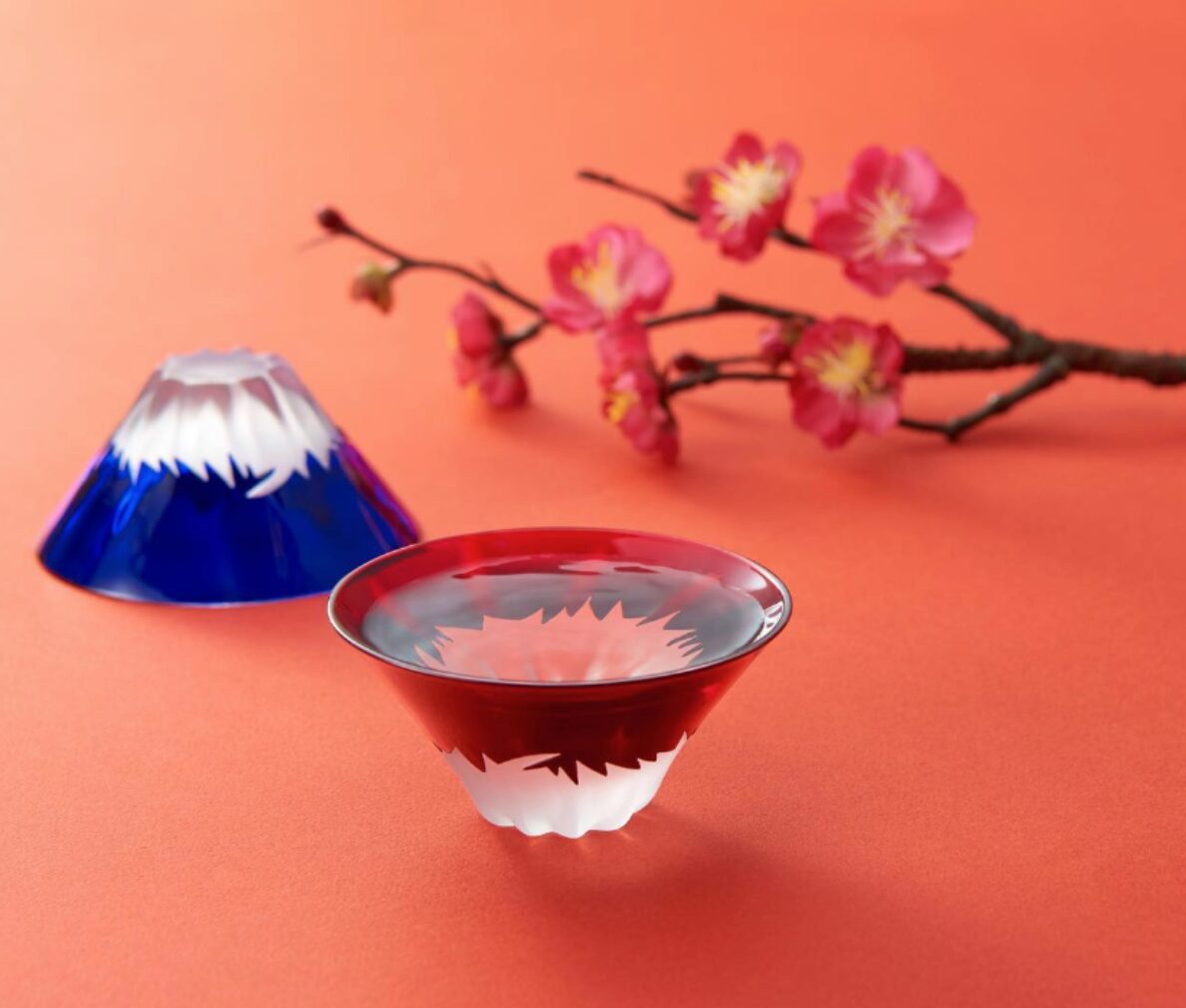 From Tajima Glass official Instagram
From Tajima Glass official Instagram
When turned upside down, this unique piece reveals a snow-capped Red Fuji and a Blue Fuji.
Ruri and red kise glass, which is also used as a material for Edo faceting, is made by layering thinly blown colored glass on transparent glass. Each piece is individually blown by a craftsman. The snow at the top of the mountain is realistically expressed by sandblasting (engraved glass).
Let’s make a toast to the traditional beauty of Edo!
Tajima glass is infused with the breath and passion of craftsmen every day. While preserving tradition, we continue to evolve to inspire the hearts of those who use it.
The glassware born from our determination to “remain a part of the beauty of Japan” will surely enrich your daily life.




